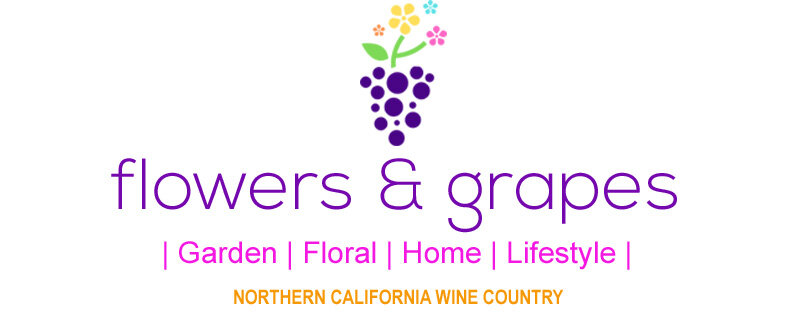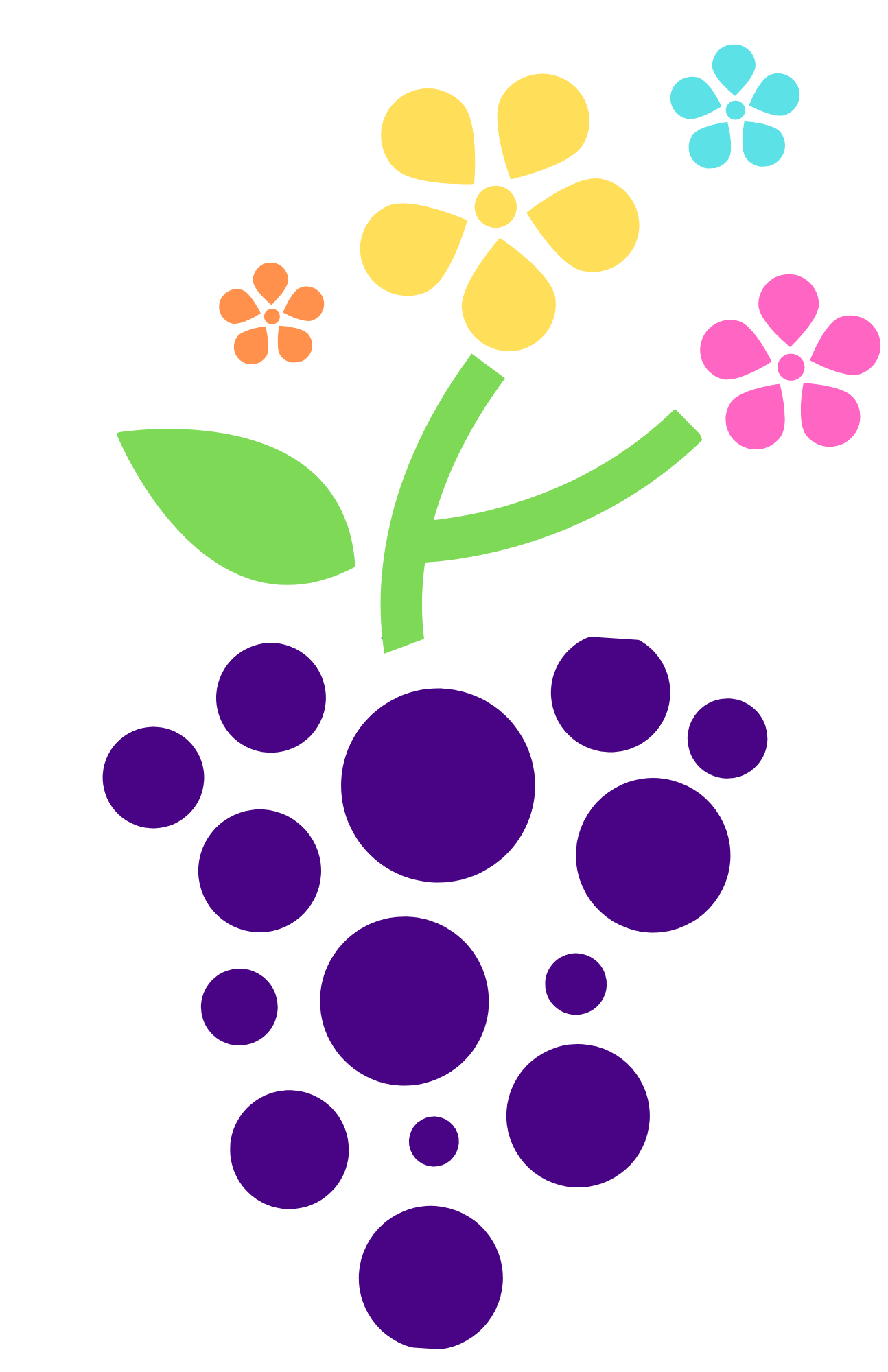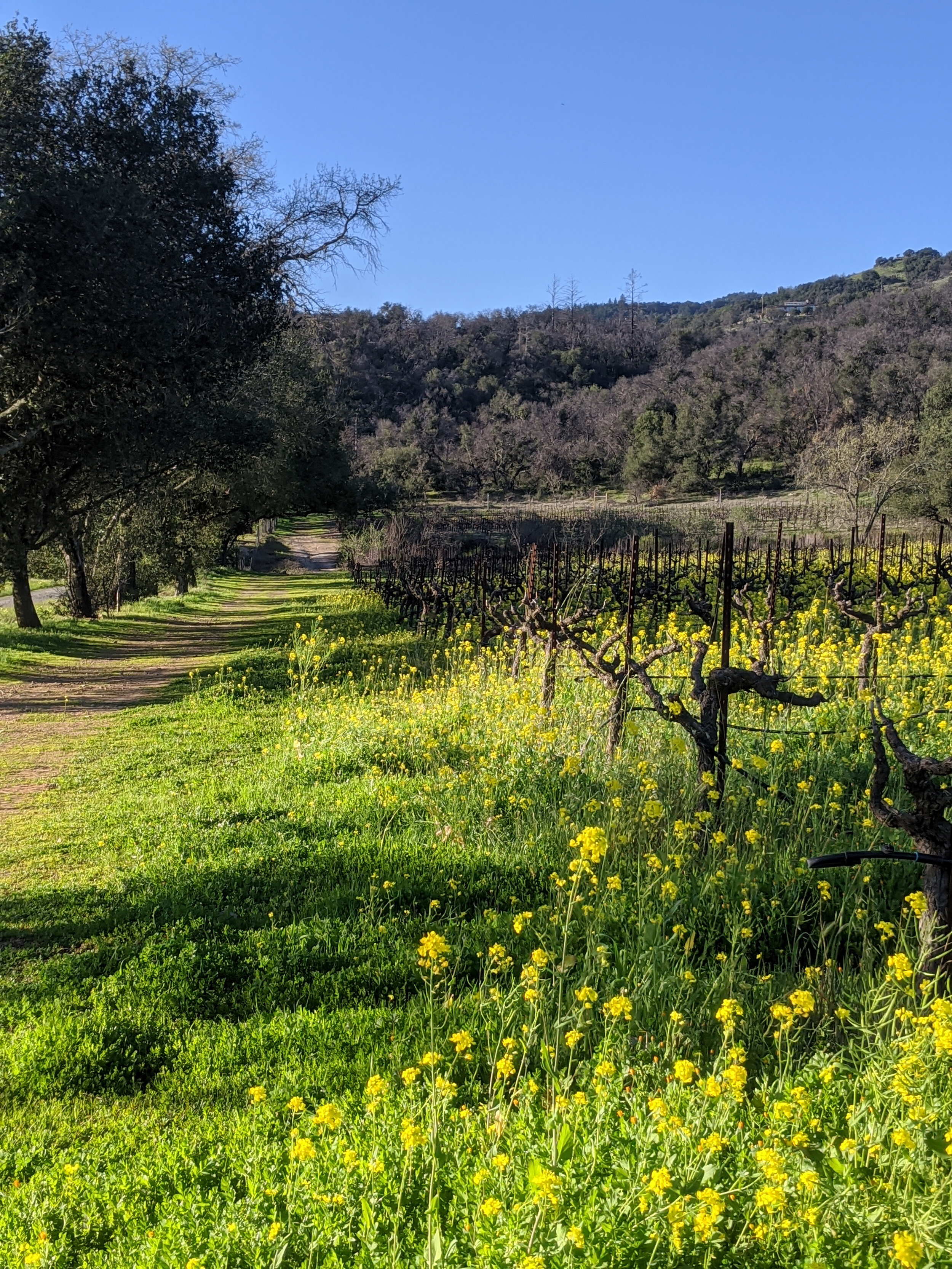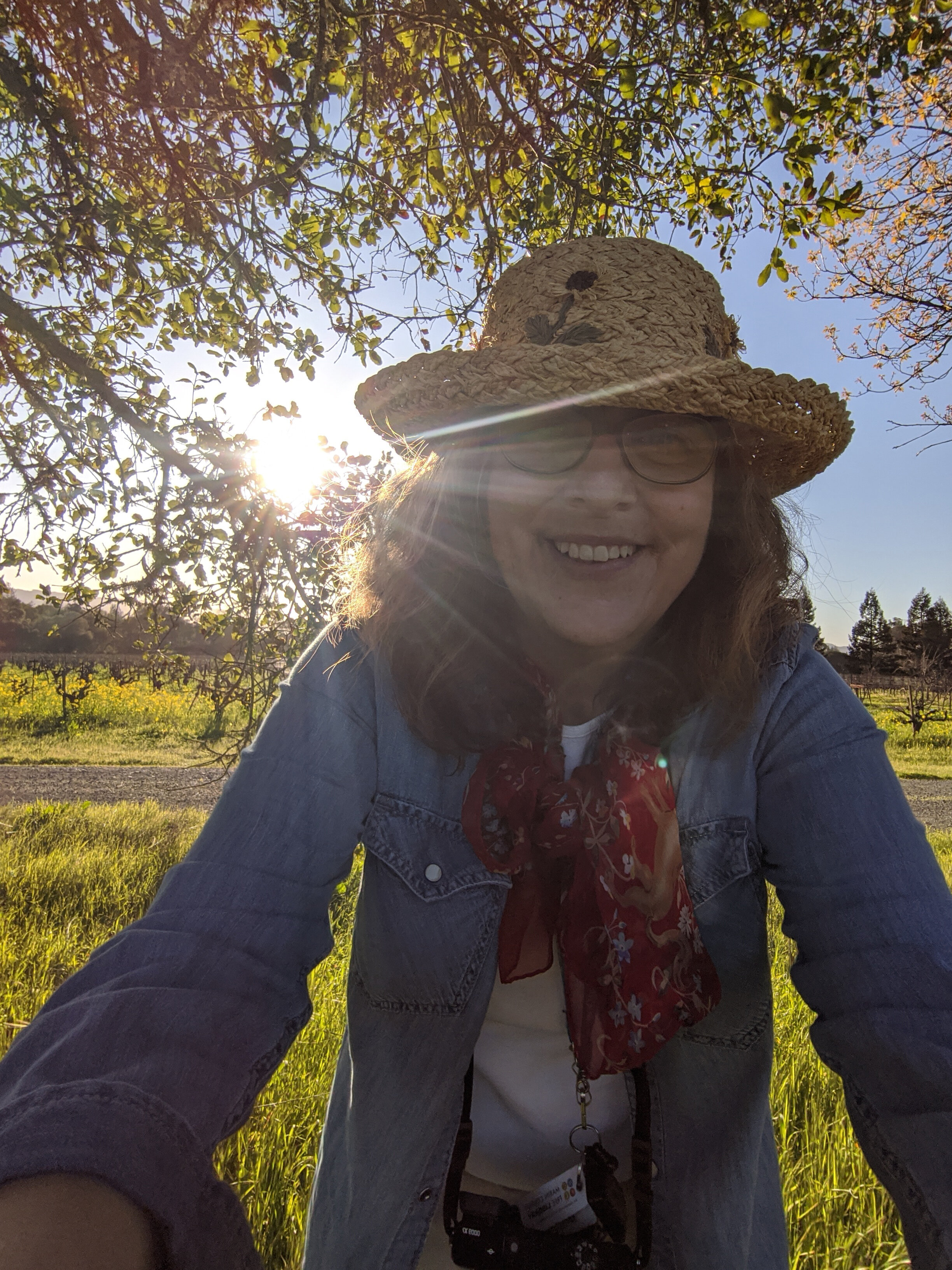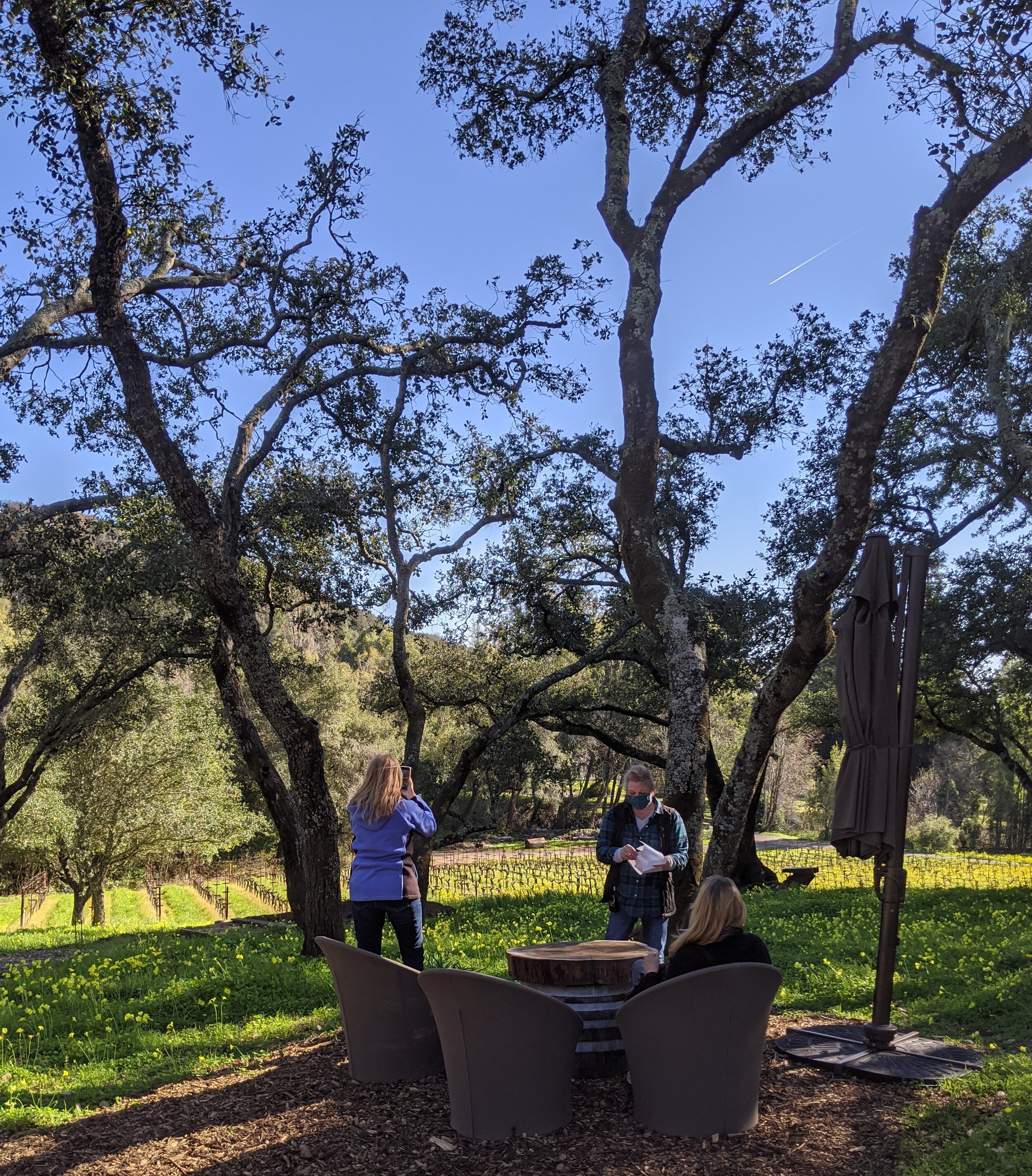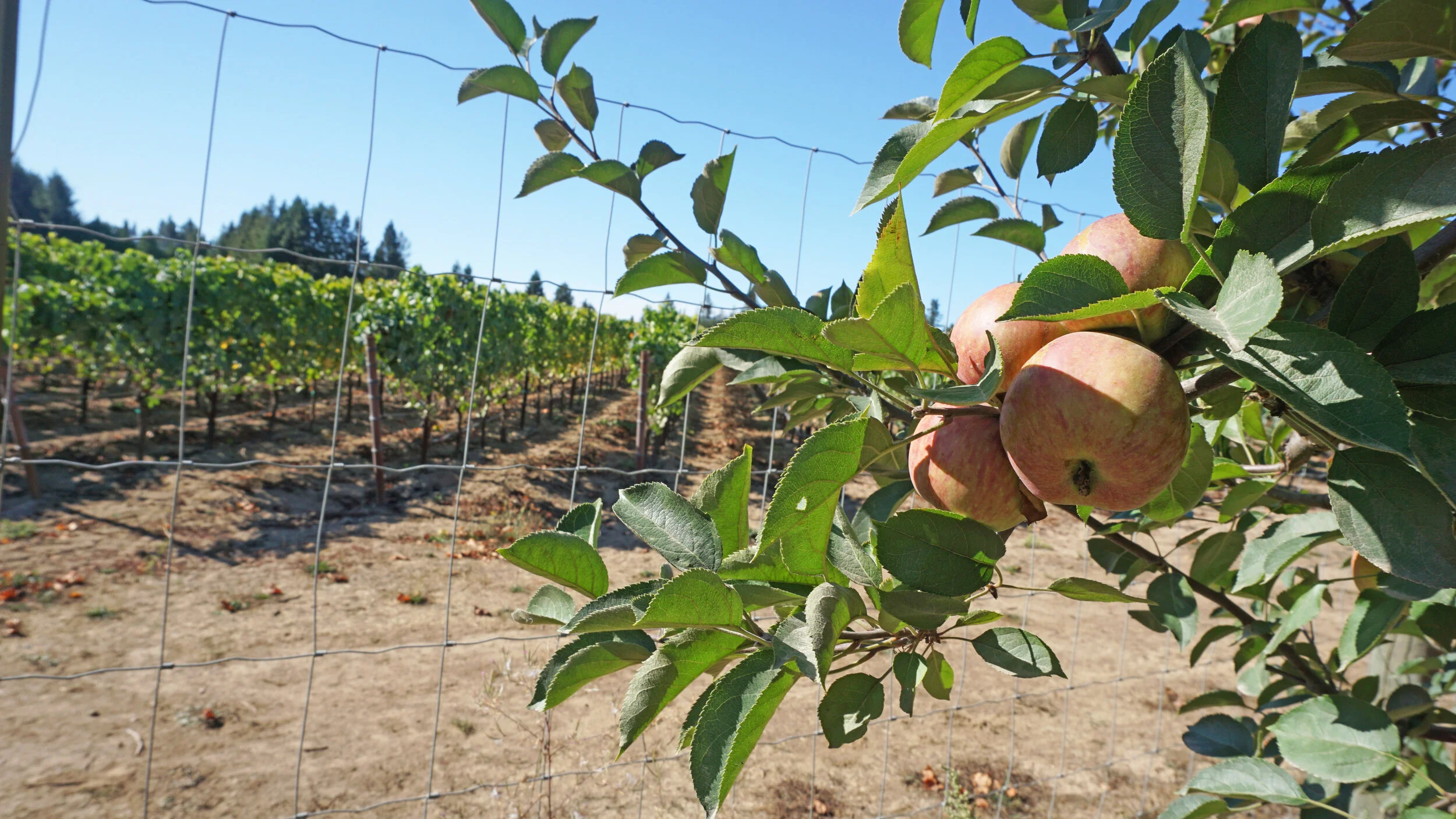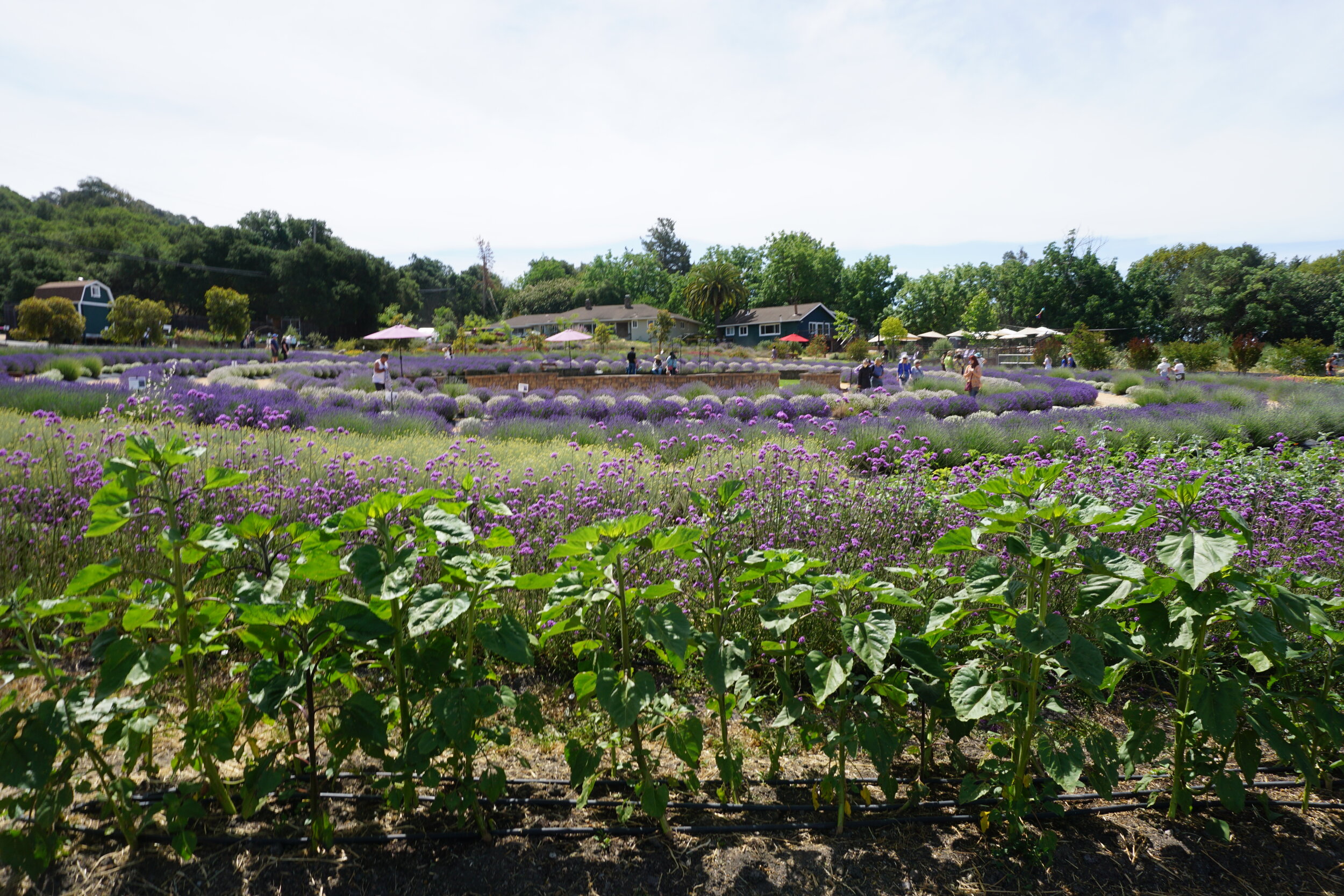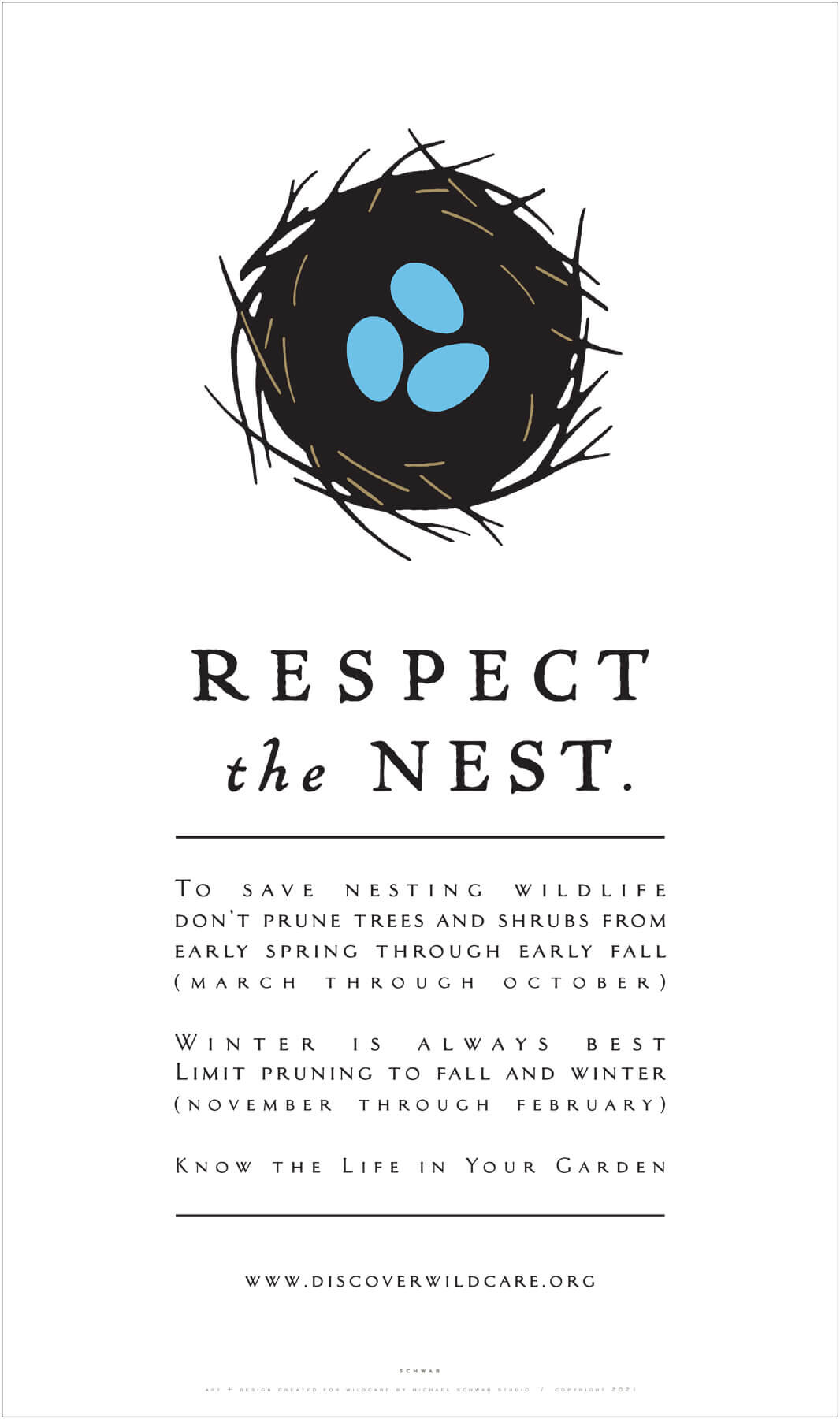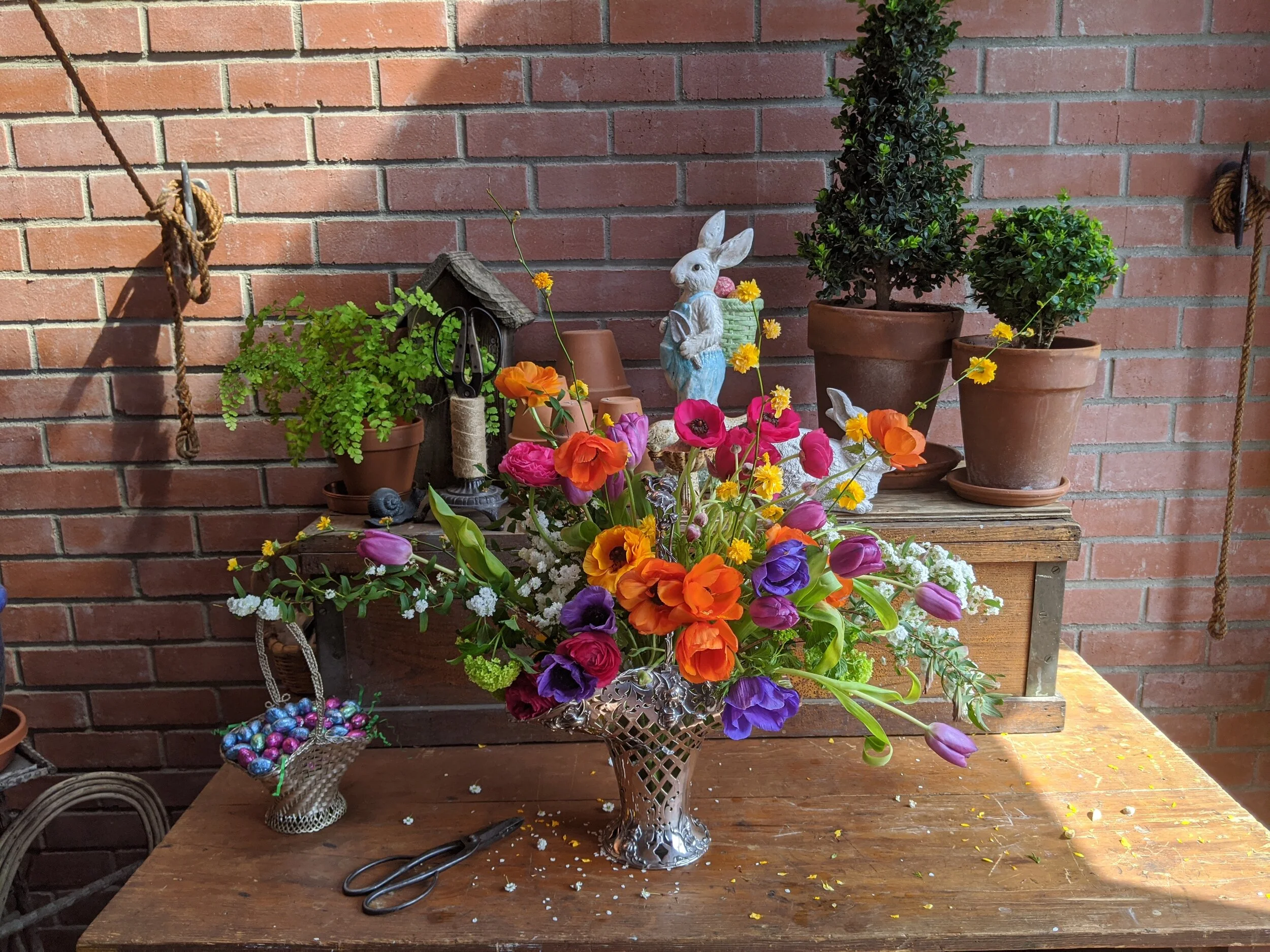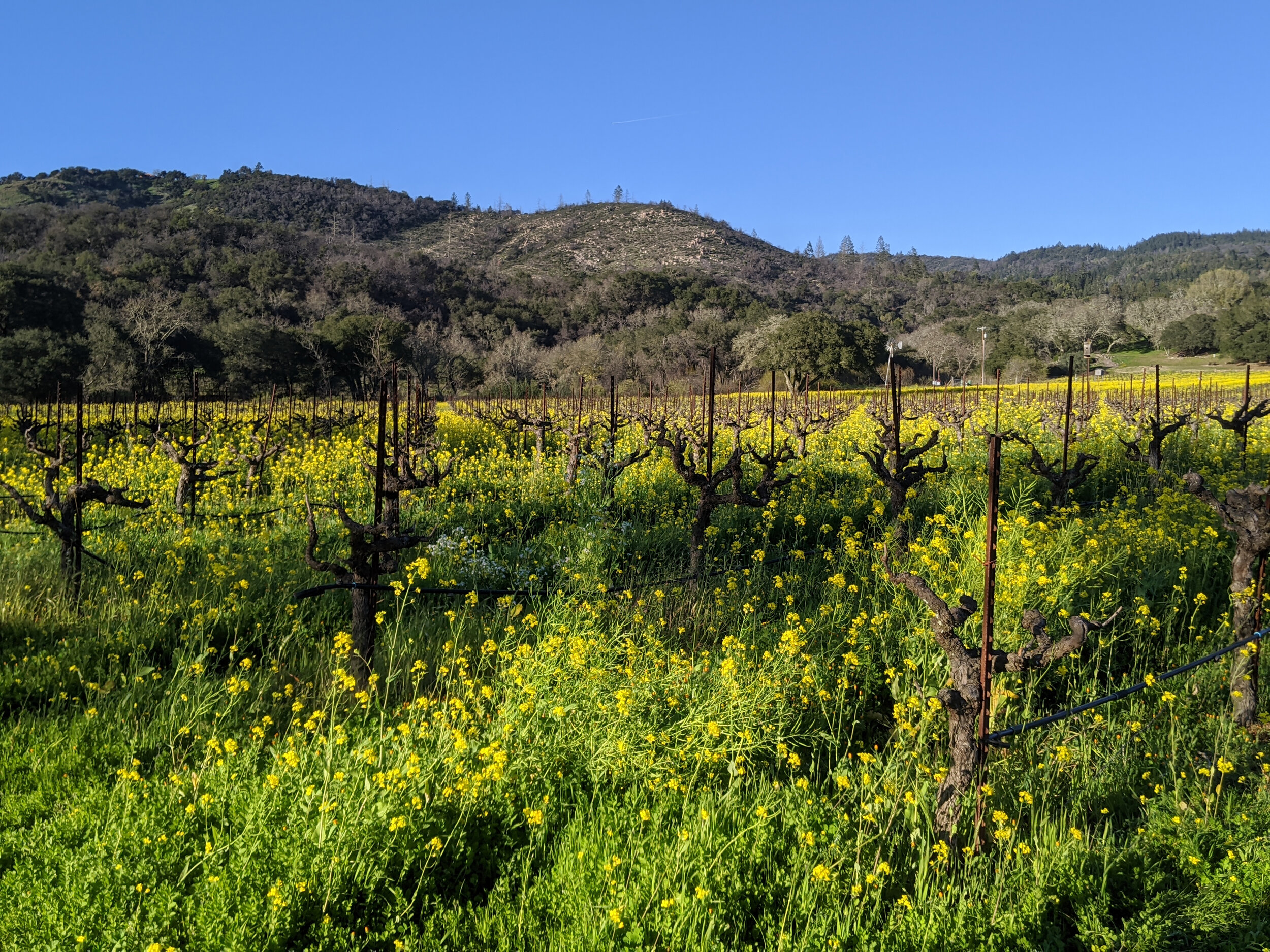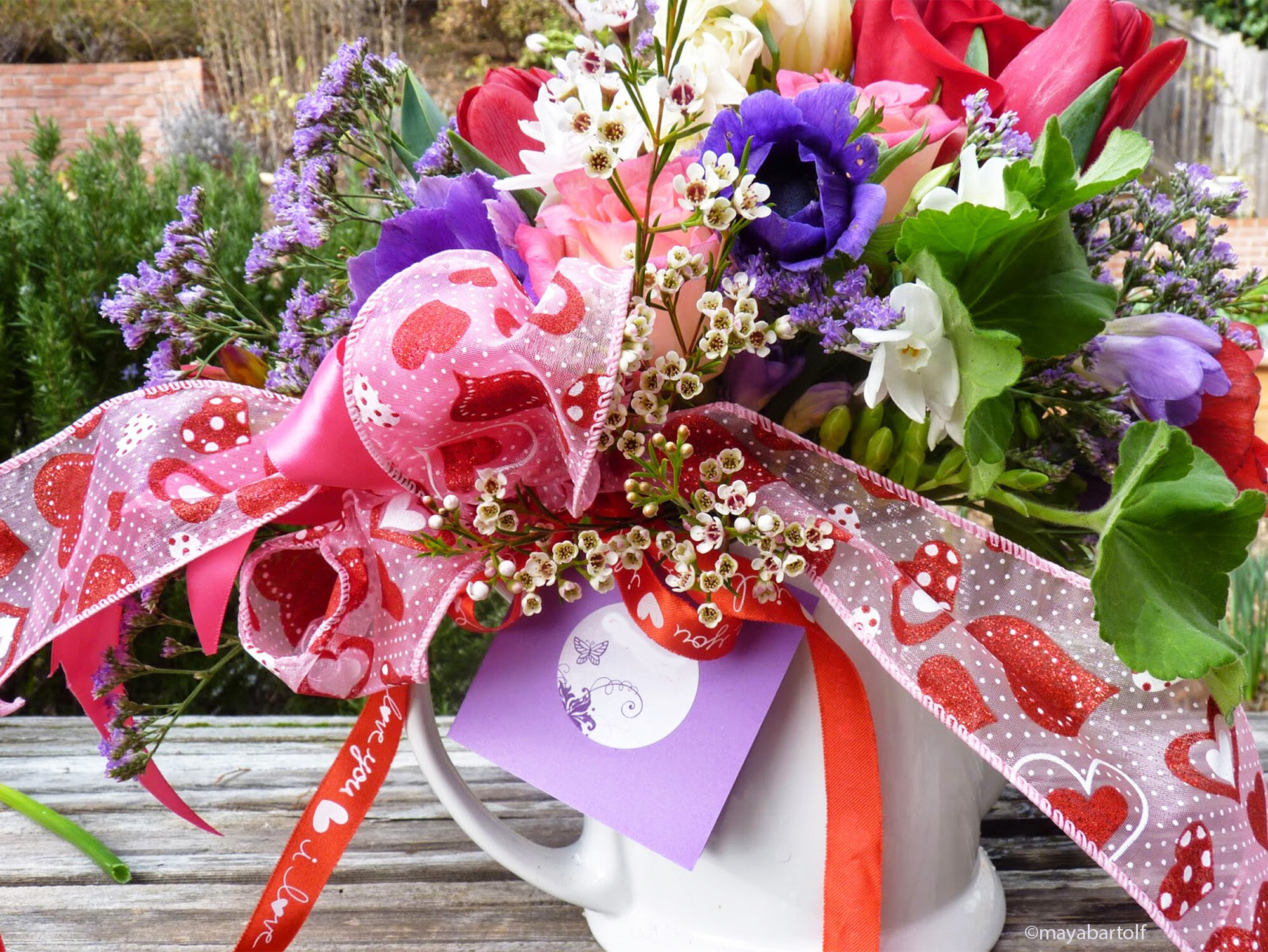Magnificent Mustard
Bartholomew Estates Winery Mustard Bloom
The magnificent show of mustard blooms among the grapevines announces the coming of spring in Northern California. At winter’s end, bright yellow mustard blooms seem to pop up out of nowhere blanketing hillsides, meadows, and vineyards. A mustard seed can remain dormant for nearly 20 years waiting for just the right weather and soil conditions. Mustard bloom is one of the most exciting times to visit the wine country. For a few short weeks, this fleeting show makes a stunning backdrop drawing many visitors from afar to capture the spectacular moment in portraits and photos. However, mustard also has a rich beneficial history rooted in wine country.
The first mustard seeds were likely planted as a cover crop by the early Franciscan missionaries. According to legend, missionaries also scattered the mustard seeds along trails between missions to help guide their way back to each other by following the blooms along the routes. Early winemakers walked the vineyards sowing seeds through a tiny hole in a sack slung across their backs. The mustard variety growing regionally and planted by the early missionaries is the same as the variety common in the Burgundy region of Dijon, France; known for its mustard of the same name.
After bloom, the mustard plant is tilled under to provide a mulch of valuable nutrients and phosphorus to feed the soil, vines, and emerging plants. Mustard is also a natural biofumigant, and the pungency of its glucosinolate compounds deters nematodes that can damage vines. Some wineries cultivate specially bred mustard containing high levels of glucosinolate to increase this natural pesticide effect. Mustard is an essential and beneficial element of our landscape and in winemaking in the region.
Whether growing wild or managed by growers, the mustard bloom is a spectacular seasonal moment not to miss. Many will venture out to capture this spectacular seasonal display in photographs or in social media posts. Just be mindful when visiting the sites of mustard blooms whether in the natural landscape or at vineyards. So please, do not disturb these beautiful blooms. Visitors should not pick, step, or sit on the mustard plants. Always ask permission to venture into fields or vineyards because most are private property. Following the above sustainable practices during your visit will ensure a stunning show for future visitors to the wine country.
A prefect place to experience the glory of the mustard show while enjoying a wine tasting is from the oak knoll overlooking the vineyards of Bartholomew Estate Winery in Sonoma. Bartholomew Estate is nestled within the 375-acre Bartholomew Park so you can also enjoy public walking trails that will bring you up-close to the mustard growing in vineyard. It is open during the pandemic with face masks and 6-feet of social distance required for all visitors. It is also dog friendly! Celebrate the coming spring with a trip to wine country and more flowers and grapes!
